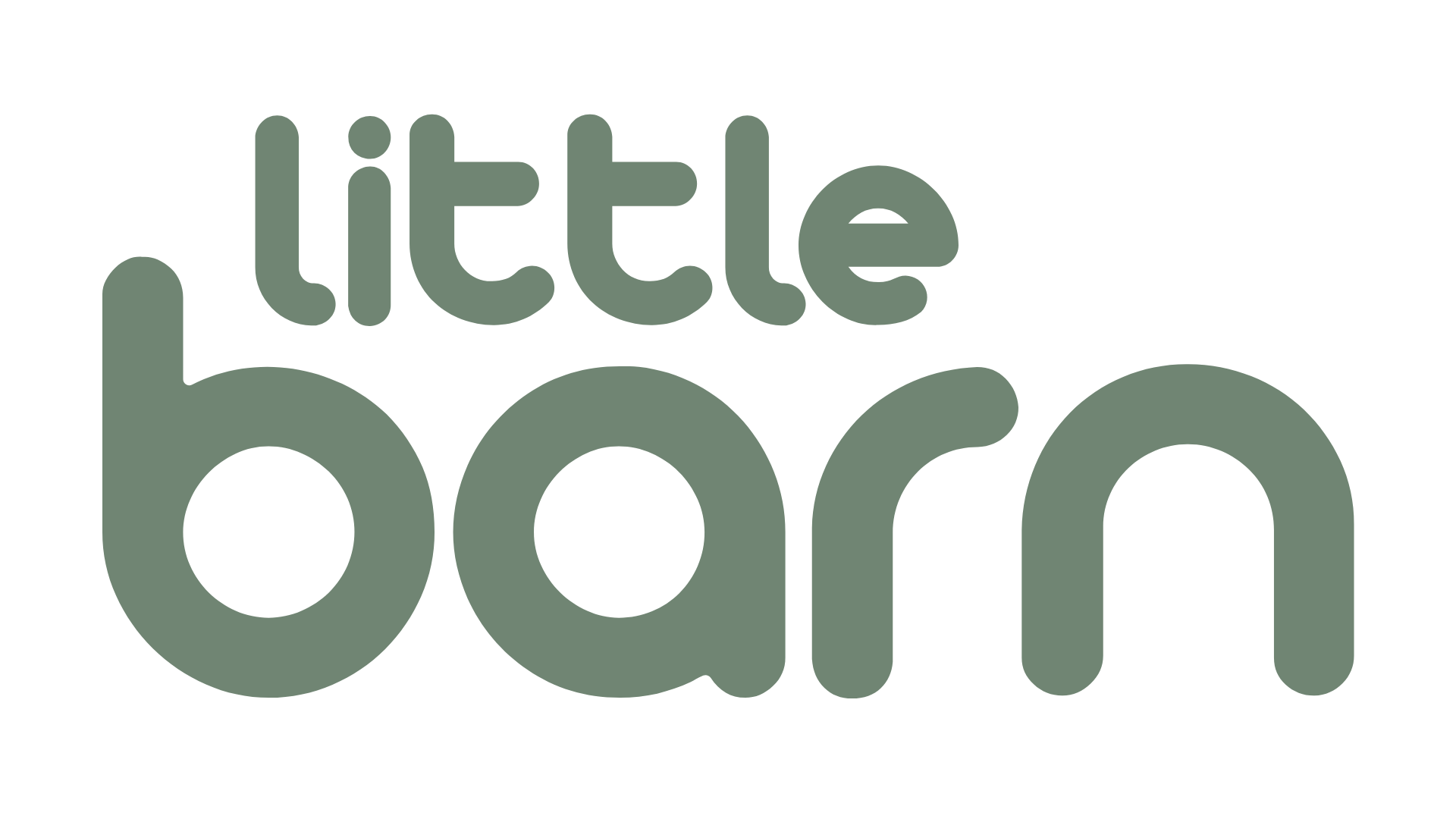As parents, we want to make sure that every bite our little ones take is healthy, nourishing, and safe. With the rise of baby food on the shelf, it’s become a popular choice for its convenience, portability, and long shelf life. But how exactly is this baby food preserved, and what’s really inside? Let’s take a closer look at what’s in baby food on the shelf and why it matters for your baby’s nutrition.
How Is Baby Food on the Shelf Preserved Without Preservatives?
Baby food on the shelf often relies on methods like high-pressure processing (HPP) or pasteurization to extend its shelf life. These techniques help kill bacteria and enzymes that could spoil the food.
- High-Pressure Processing (HPP) uses extreme pressure to preserve food without heat. This method helps retain more nutrients and keeps the texture and flavor intact. However, certain vitamins like Vitamin C and B vitamins may still degrade slightly during the process (Chemat et al., 2017).
- Pasteurization, on the other hand, involves heating food to high temperatures to kill bacteria and increase shelf life. While it helps make the food safe, it can also lead to the loss of heat-sensitive vitamins such as Vitamin C and B vitamins, with reductions of up to 50% in some cases (Opara, 2015).
Both methods are effective at preserving food, but they do come at the cost of some nutrient loss.
What Nutrients Are Affected in Baby Food on the Shelf?
While shelf-stable baby food offers convenience, the preservation methods used can affect the nutritional content of the food. Here's how key nutrients are impacted:
- Vitamin C: This important vitamin is sensitive to both heat and pressure, and can be reduced by up to 50% during pasteurization. Vitamin C plays a crucial role in boosting your baby’s immune system, so it's important to consider this loss in shelf-stable options (HealthLine, 2023).
- B Vitamins: These vitamins, including B1 (thiamine) and B9 (folate), are essential for growth and brain development. During the pasteurization process, up to 60% of these B vitamins can be lost (Opara, 2015). HPP is a gentler method but still causes some degradation, especially in B12.
- Protein and Fiber: These nutrients are generally stable during both pasteurization and HPP, so the protein and fiber content in baby food on the shelf remains largely intact.
- Minerals: Minerals like calcium, iron, and potassium are not affected by either pasteurization or HPP and generally retain their value in baby food.
Nutrient Loss While Sitting on the Shelves
Even after the preservation process, nutrients continue to degrade while baby food sits on the shelf. Here’s why:
- Vitamins like Vitamin C and B vitamins are sensitive to light, heat, and oxygen, and can degrade gradually while on store shelves. This means that even once the food is processed and preserved, it may continue to lose nutritional value over time.
- Flavor and Freshness: The process of oxidation (reaction with air) can cause the food to lose its natural flavor and color. Vitamin A and E, for example, are fat-soluble vitamins that are particularly susceptible to oxidation and degradation when exposed to air.
- Minerals: While minerals like iron and calcium are stable and remain largely unaffected by shelf time, some water-soluble minerals (like potassium) can leach out into the liquid inside the package, which may cause a slight reduction.
Even with optimal storage, nutrient loss continues over time as the food sits on the shelf.
Shelf Life: Convenience or Compromise?
One of the biggest advantages of baby food on the shelf is its long shelf life—sometimes lasting up to 12-18 months. It’s an attractive option for busy parents who need something portable and easy to store. However, while this long shelf life makes it convenient, the nutrition can degrade over time.
Though food is safe to eat for extended periods, longer shelf life doesn’t always mean better quality. The nutrients in shelf-stable food can degrade over time, particularly the heat-sensitive vitamins like Vitamin C and B vitamins. As the food sits on the shelf, it may lose some of its freshness, flavor, and nutritional value.
What to Look for When Reading Food Labels
When choosing baby food on the shelf, it’s important to read the labels carefully. Here’s what to watch for:
- Added Sugars: Many baby food products contain added sugar to improve flavor. The American Heart Association recommends no added sugar for babies under 2 years old (American Heart Association, 2021). Look for options labeled “no added sugar” or “unsweetened”.
- Preservatives: Check the label to see if any preservatives or artificial additives are used. HPP or pasteurization can be used to preserve food without these chemicals, but they still affect the nutrient content.
- Ingredients List: Keep it simple! A shorter ingredients list is usually better. If you see long lists of preservatives or artificial ingredients, it might be best to look for a cleaner option.
- Organic: If you prefer organic food, look for certified organic labels. However, organic doesn’t always mean preservative-free, so always check the full list of ingredients.
A Better Alternative: Fresh, Frozen Meals

While baby food on the shelf offers convenience and long shelf life, it does come with some trade-offs in terms of freshness and nutrition. A better alternative for parents who want to give their babies fresh, nutritious meals without preservatives is blast frozen meals.
Blast freezing preserves the freshness and nutritional value of meals by freezing them at their peak, locking in vitamins and minerals without needing any preservatives. The freezing process helps retain more nutrients, particularly heat-sensitive vitamins like Vitamin C and B vitamins, which are often lost in shelf-stable baby food. And since frozen meals are prepared fresh, they have the fresh taste and texture that can sometimes be lost in shelf-stable products.
At Little Barn, we’re committed to providing the highest-quality meals that retain all the nutrition and freshness your baby needs. While convenience matters, we believe that freshness and nutrition should always come first
Citations:
- Chemat, F., et al. (2017). High-pressure processing (HPP) in food processing: A review of the technology and its potential applications. Food Research International.
- Opara, L. U. (2015). The effects of pasteurization on vitamins in food. International Journal of Food Science.
- HealthLine. (2023). Does pasteurization destroy vitamin C? HealthLine.
-
American Heart Association. (2021). Added Sugars in Your Diet. American Heart Association.





Comments (0)
There are no comments for this article. Be the first one to leave a message!